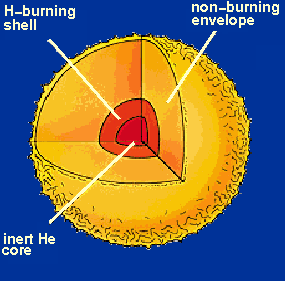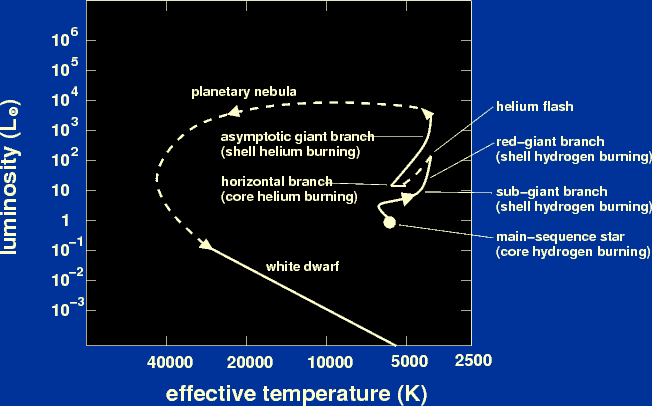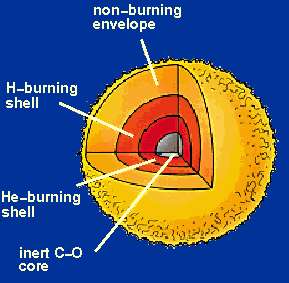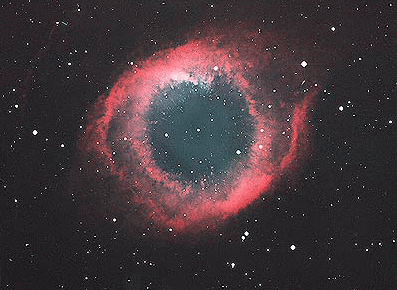| the evolution of low-mass stars |
|
| Figure 14: |
The structure of a low-mass star
(M |

| Figure 15: |
The complete evolution of a low-mass star
(M |

| Figure 16: |
The structure of a low-mass star
(M |

| Figure 17: |
The Helix nebula (©Anglo-Australian Observatory). |

| Figure 18: |
Pictorial representation of the complete life-cycle of a solar-mass
star. |
